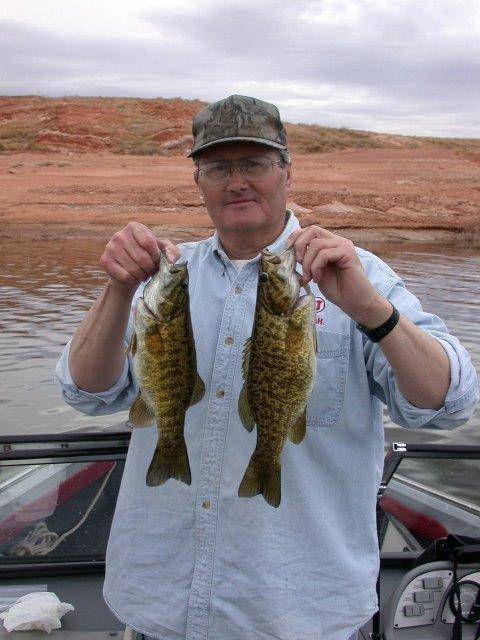The first shot in a war to fight illegal fish stocking in Utah has been fired by the state’s wildlife agency. Starting with the 2012 fishing season, Division of Wildlife Resources biologists are recommending no limit and catch-and-kill regulations at several waters in Utah.
Drew Cushing, sport fisheries coordinator for the DWR, says the agency will no longer manage fish that are placed illegally in a body of water. “Two tools we have to fight illegal fish stocking are no limit and catch-and-kill regulations,” he says. “We want illegally introduced fish removed as quick as possible.”
Cushing says illegal fish stocking hurts anglers, including you, several ways:
- Introducing a fish species that isn’t already found in a body of water may affect the water body’s entire ecosystem. Good fishing can deteriorate quickly for fish that were already in the body of water before the illegal stocking happened.
- Sometimes, the only way to remove illegally introduced fish is to kill all of the fish in a body of water and start over again with new fish. Treatments to kill fish can cost hundreds of thousands and even millions of dollars. The money the DWR has to spend on the treatment could have been used to improve fishing at other waters in Utah and raise more fish in the DWR’s hatcheries.
- After a treatment project happens, it takes a few years before fishing is good again at the water that was treated. Anglers who had enjoyed fishing at that water will have to go elsewhere for a few years.
- Illegal fish stocking can hurt threatened and endangered fish in the state.
- Those who own businesses near an affected body of water can lose revenue.
Cushing says when people imagine what a poacher looks like, they usually picture someone standing over a dead deer or elk with a rifle in their hands. “But,” he says, “in terms of money and the number of people illegal fish stocking affects, those who move fish from one body of water to another do a lot more damage.”
Cushing says the no limit and catch-and-kill regulations are just the first of many ideas DWR biologists are discussing to fight illegal fish stocking in Utah. “We have more ideas in mind,” he says.
No limit and catch-and-kill regulations
All of the fishing changes the DWR is recommending for 2012 are available at www.wildlife.utah.gov/public_meetings.
Among the DWR’s ideas are to place catch-and-kill or no limit regulations on the following waters:
No limit
Smallmouth bass in Quail Creek, Sand Hollow and Gunlock reservoirs, and the Virgin and Santa Clara rivers
Catch-and-kill
Black bullhead catfish in Deer Creek Reservoir
Northern pike in Utah Lake
Learn more, share your ideas
After you’ve reviewed the ideas at www.wildlife.utah.gov/public_meetings, you can let your Regional Advisory Council members know your thoughts by attending your upcoming RAC meeting or by sending an email to them.
RAC chairmen will share the input they receive with members of the Utah Wildlife Board. The board will meet in Salt Lake City on Nov. 3 to approve rules for Utah’s 2012 fishing season.
Dates, times and locations for the RAC meetings are as follows:В В В
Southern Region
Sept. 20
7 p.m.В В В
Beaver High School
195 E. Center St.
Beaver
Southeastern Region
Sept. 21
6:30 p.m.
John Wesley Powell Museum
1765 E. Main St.
Green River
Northeastern Region
Sept. 22
6:30 p.m.
Bingham Entrepreneurship and Energy Research Center 320 N. 2000 W.
Vernal
Central Region
Sept. 27
6:30 p.m.
Springville Civic Center
110 S. Main St.
Springville
Northern Region
Sept. 28
6 p.m.
Brigham City Community Center
24 N. 300 W.
Brigham City
You can also provide your comments to your RAC via email.В Email addresses for your RAC members are available at www.wildlife.utah.gov/public_meetings.
The group each RAC member represents (sportsman, non-consumptive, etc.) is listed under each person’s email address. You should direct your email to the people on the RAC who represent your interest.

